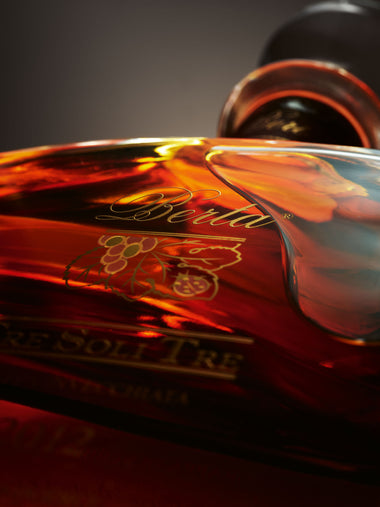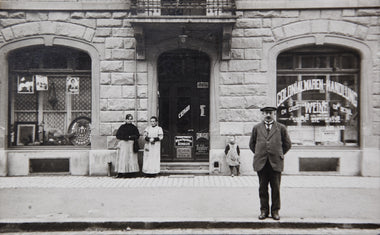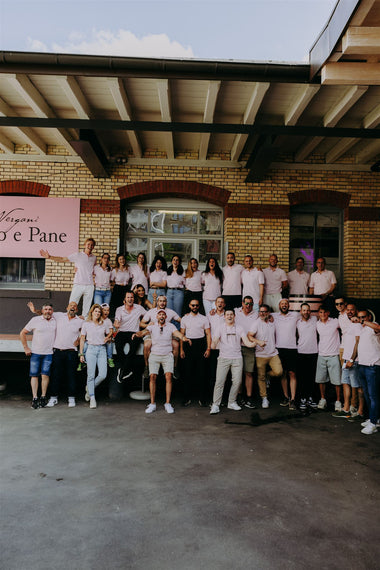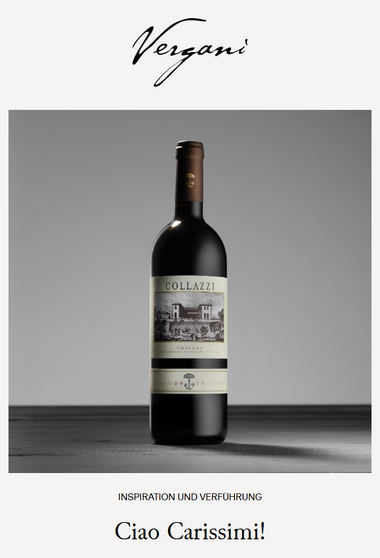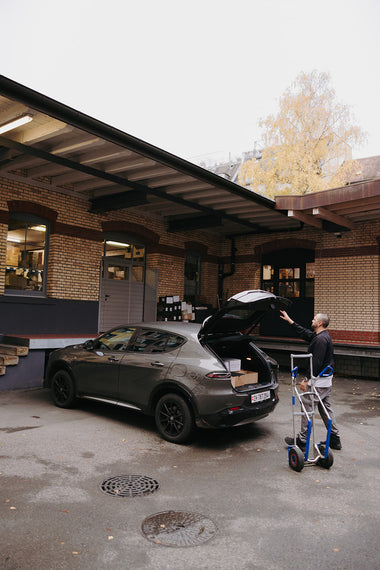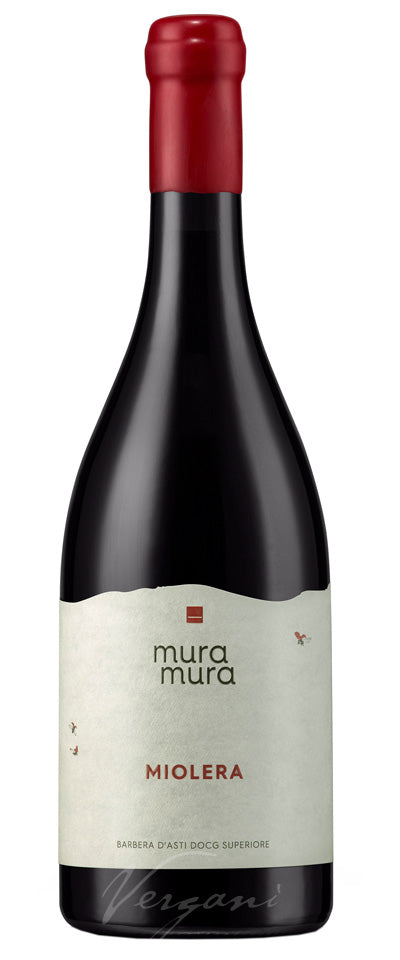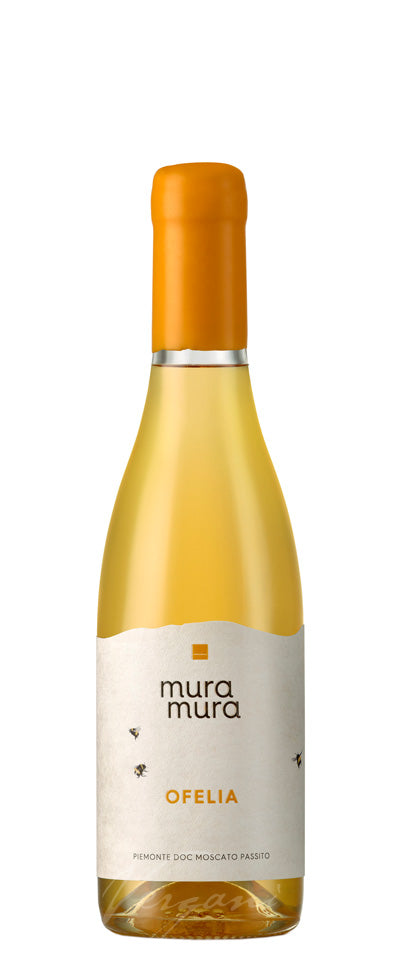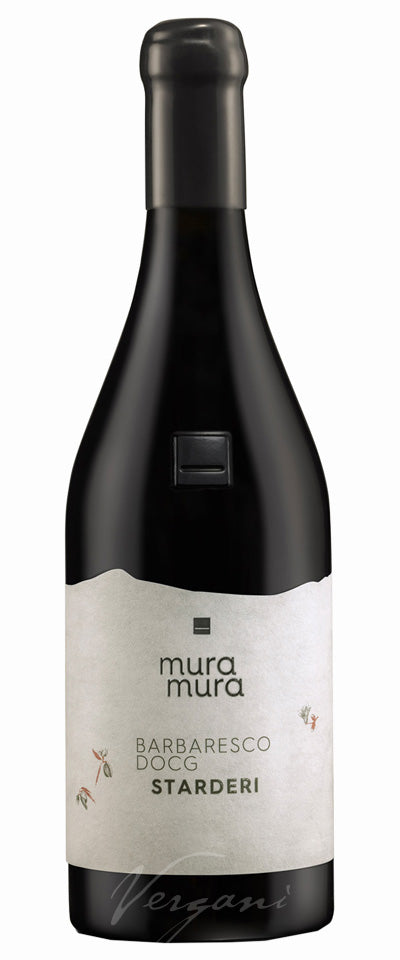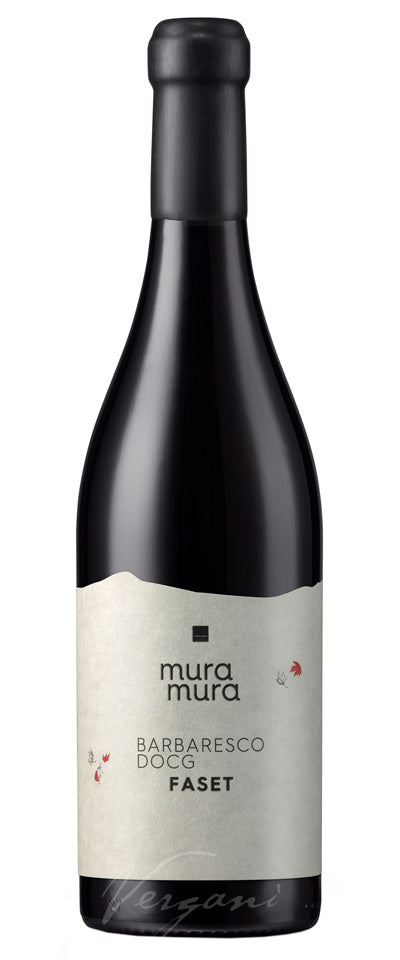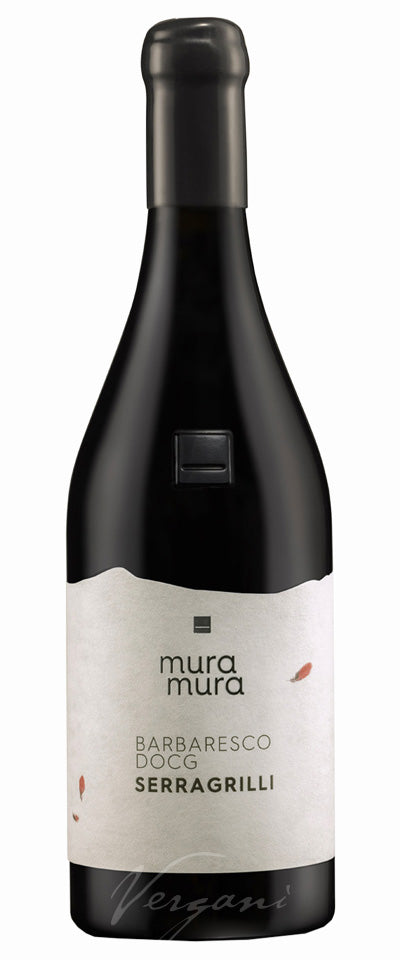Big in the Small
Mura Mura
The Piedmontese wine scene is all about tradition and maintaining the status quo. However, the two gelatieri Guido Martinetti and Federico Grom think differently – and are therefore attracting a lot of attention.
Piedmont in a Line
Fantasia
Barbera, Nebbiolo, Grignolino, Moscato.
Four Piedmontese grape varieties, in perfect harmony.
Barbaresco Power
rigor
Unique Nebbiolo. The terroir of Barbaresco, its home and cultivation site.
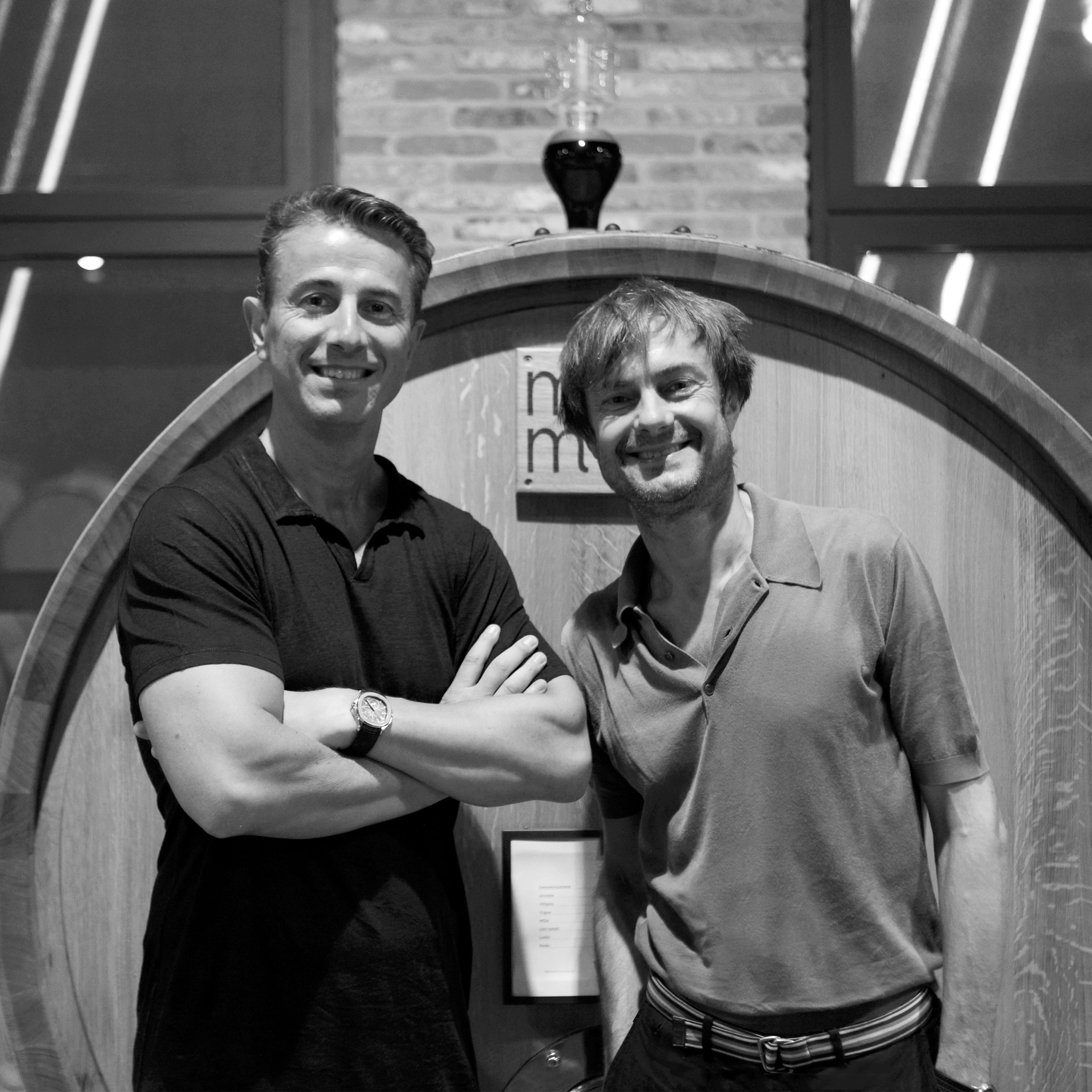
Big in the Small
Mura Mura
The Piedmontese wine scene is all about tradition and maintaining the status quo. However, the two gelatieri Guido Martinetti and Federico Grom think differently – and are therefore attracting a lot of attention.
"It's a great passion," says Guido Martinetti with a beaming smile. When he's in the green, he's not in the red - although it's hard to imagine the trained winemaker being relaxed. Oh well. He and his business friend Federico Grom are certainly no strangers to Italy. The two friends, who met while in the military, began their world tour of good taste in 2003. Their goal was to make gelato as it once was. It was to be the best ice cream in the world. Before they sold the multinational company Grom (which at the time had around 600 employees) to Unilever in 2015, they ran gelaterias in New York, Paris, Hong Kong, Los Angeles, Dubai, London and Osaka. Today they produce wine. Out of passion and love. And Grom continues to grow.
"My parents separated," says Guido Martinetti: "My father was never at home," he remembers, and that is precisely what he doesn't want himself. He would much rather be where he is: "In the place of our future," he says, referring to his family. And: Mura Mura. "My ambition is to be able to welcome great people into our home," he says casually. It sounds like a polished marketing phrase, but it isn't. He is serious. His father lied. "For me, lies are a pain that I cannot bear," he told "Manager Magazin" in an interview in 2019.
Grignolino, which tastes between Pinot Noir and Syrah, is for me a modern grape variety with great potential.
"Actually, Federico and I were looking for fruit trees in 2006," he says. They found what they were looking for between Asti and Alba. Mura Mura was born. It started with 8 hectares, today it is 20 hectares. Fruit trees. Organic. The best fruit, the full flavor. "We came across the name 'Mura Mura' while looking for the best vanilla pods in Madagascar," he says. "Mura Mura" reflects a wisdom in Madagascar. Slow. Slowly. Wisely, without rushing - that is how you could translate this lifestyle. "Recognizing the little things that we see every day and appreciating them," is how Guido Martinetti sees it. "Müra" - in the Piedmontese dialect, that also means "ripe." "That's exactly what we need. Ripe fruit," says the agronomist, clapping his hands. It's a good thing they didn't sell their organic farm.
It was clear that the time was soon ripe to bring vines into play. Today there are 10 hectares. The purchase of the Valfieri winery in Costiglione d'Asti three years ago was a game changer. Why? Because the winery was and still is in possession of a unique license. It is one of a total of 16 licenses that allow this historic group of producers to be the only winegrowers to press grapes from Barbaresco and Barolo outside of the respective DOCG. "A good investment," says Guido Martinetti, because Valfieri and Mura Mura are related to each other like a Ferrari and a VW Golf. Both have advantages. Reliability. Unconditional quality.
At Mura Mura, there is unconditionality when it comes to quality. From A for "cultivation" to A for "production". "We believe most in the Grignolino grape variety," says Guido Martinetti. "It is like a sister to Nebbiolo. Similar, but fruitier, spicier, more aromatic," he says. In blind tastings, connoisseurs compare it to a Grand Cru from Burgundy. In the cellar at Mura Mura, a Japanese attitude prevails. Precision. Elegance. Potential. Structure. Maturity. Calm. The path to this would fill a book.
Guido Martinetti demands nothing less from his wines than the connection between soul and body. A dancing structure. The sweetness of the fruit is important to him. No dominant, but present tannins. Open, not bitter - that's how his wines have to be. The soul of a wine comes from the terroir and precision can only be achieved if you don't make any oenological mistakes in the cellar, he believes. A basic attitude that he learned from Paul Pontallier, who died in 2016, at Châteaux Margaux. "The key to a legendary wine is the grape," says Guido Martinetti. Actually, like with a good gelato: the ingredients make the difference.








